JTF (just the facts): A total of 40 black and white and color photographs, alternately framed in black/white and matted, and hung against white walls in the two room gallery space. 30 of the works are gelatin silver prints (each sized 11×14), made between 1973 and 1979, with one exception made in 2009 (Edwardsville, PA). The other 10 works are dye-transfer prints (each sized 14×17), made between 1975 and 1987. Some of the color prints are available in editions of 8, others only in a portfolio. A monograph of this body of work, entitled Dark Knees, was recently published by Le Bal/Editions Xavier Barral (here and here). (Installation shots below.)
Comments/Context: The acclaim that 80-year old Mark Cohen has gradually earned late in life indicates both his stubborn excellence as an artist (success indeed sometimes comes to those who wait, provided they’re still alive) as well as the abundance of sterling work by American photographers in the 1970s.
He hasn’t lacked for attention. He had solo shows at MoMA in 1973 and the International Museum of Photography, George Eastman House in 1974, earning two Guggenheims along the way. Castelli Graphics represented him throughout the ‘70s. He was included in one of the Sally Eauclaire books on color; and the Corcoran Museum of Art offered him a large exhibition in 1981 (with a catalog essay by Jane Livingston.)
During the ‘90s he waited in the wings while others took their star turns until the spotlight was trained on him again. Since 2005 he has published four monographs. The latest, Dark Knees, was the catalog (essay by Vince Aletti) for last year’s retrospective at Le Bal in Paris.
Cohen’s photographs are distinguished by a formal audacity, a sharp eye for the gritty dynamics of street drama, an ability to move seamlessly between color as well as black-and-white, and a tremendous affection for residents of his home town of Wilkes-Barre, Pennsylvania, especially its children.
Along with his unorthodox method of shooting with a wide-angle lens while holding his camera away from his body (as Winogrand sometimes did), Cohen was among the first to use strobe outdoors on the street (a trick he picked up from Lee Friedlander.)
All of these techniques give his photographs their rubbery elasticity and brute intimacy. Done at 1/1000 of a second, the close-ups bring out textures unseen by the naked eye and unscripted encounters that perhaps not even the subject has noticed. The young woman in the faux leopard coat reaching up to touch her hair or earring has Cohen’s shadow imprinted on her head. But because she is turned away, she probably never saw him. No harm, no foul.
Despite the wild spontaneity of his aesthetic, the results betray a firm control. Most of his bodies are cropped; heads and feet can easily be eliminated when you aren’t looking through the viewfinder. And yet, Cohen’s people, even when reduced to torsos, seem complete. A faceless, paint-spattered man leaning against a municipal building is expertly balanced, as is the picture itself by a woman rounding the corner. A teenage girl, seen only from neck to thigh, is confidently put together as she walks down a street holding a pair of bottles. The title picture of the book, Dark Knees, shows a pair of child’s legs, from bottom of shorts to mid-calf, that are as firmly planted as a pair of sapling trunks or Greek colonnettes. Cohen is always composing for the entire frame, even when the subject is solidly centered.
This eccentric formality also shields Cohen from charges of creepy voyeurism. His photographs of little girl’s bodies appreciate their evolving curves and muscles (he’s certainly a leg man) without ever becoming untoward. In cataloguing the slovenliness of adolescents, their dirty feet (Pink Jump Rope) and the unflattering clothes they choose to wear (or lack of money forces them to wear), he maintains a steady attitude of curious, paternal sympathy.
Typecast as an elegist of childhood, he is more accurately described as an archaeologist of decaying neighborhoods and an abstract impressionist, not unlike Aaron Siskind. The random collection of found objects he has photographed intently over the years deserve more praise. A couple of outstanding examples are here: one, of a bent piece of white garden fencing in a pile of dead leaves; another, of a silvery gum wrapper on the sidewalk, the razor edges on this piece of trash oddly menacing.
The use of flash allows Cohen to darken the outlines of things and to create unexpected contrasts, like the animal’s savage eyes and electric fur in Boy and Black Cat; or the smooth gray sphere in the foreground, and bleached out hand behind it, in Bubble Gum, maybe his most reproduced image.
Cohen belongs to an elite group of photographers—Martín Chambi, Disfarmer, Helen Levitt, Seydou Keïta, Roger Mayne, Thomas Roma, and a few others—who found a lifetime of work in a few dozen square miles of territory. Until recently, he had spent his entire career in and around Wilkes-Barre, a working class city about 120 miles northwest of Philadelphia. With heartbreaking honesty, his pictures convey the persistence of family and the rebellious energy of children, even as middle-class hope was slowly being drained out of communities like the Pennsylvania rustbelt during the ‘70s.
Cohen’s work bears the economic scars and oblivious optimism of this period, a time when prosperity went elsewhere. A social document of an American city that never trades its artistic integrity for humanist clichés, it is as exhilarating as it is mournful.
Collector’s POV: The works in this show are priced as follows. Vintage gelatin silver prints are $15000, non-vintage either $5500 or $6500. Some of the color images were done in editions of 8 dye transfer prints and are priced at $8500; other images are available only in a portfolio of 30 dye transfer prints that is priced at $180000. Cohen’s work has only been intermittently available in the secondary markets in recent years. While prices have ranged from roughly $2000 to $11000, with so few data points, it is hard to make reliable statements about the actual market for his best work.
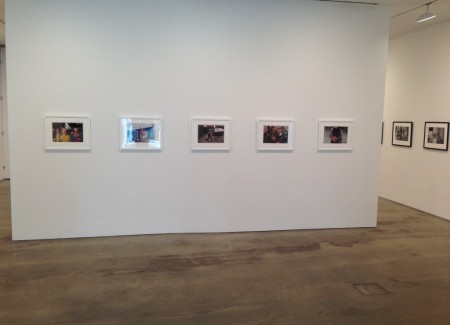
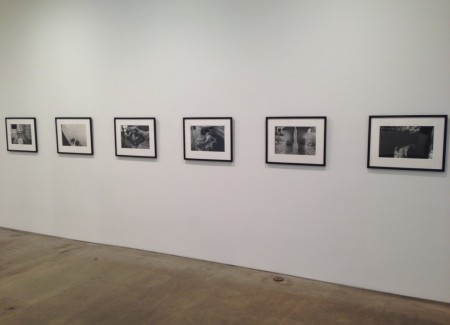



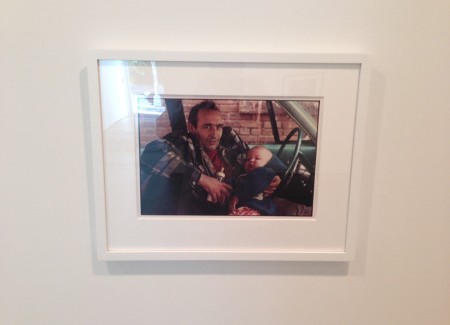
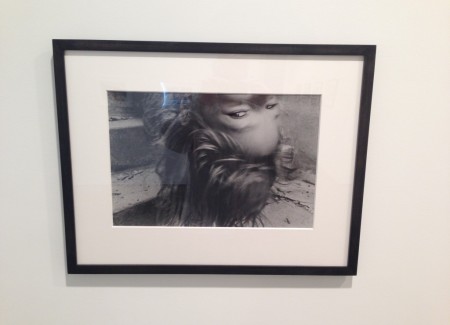



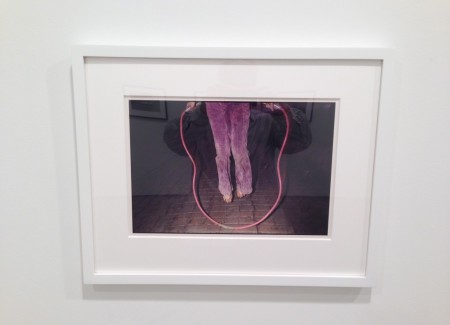

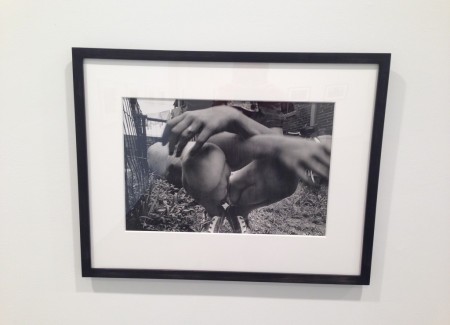





What a great review, the exhibition by the artist, and this article by the writer.